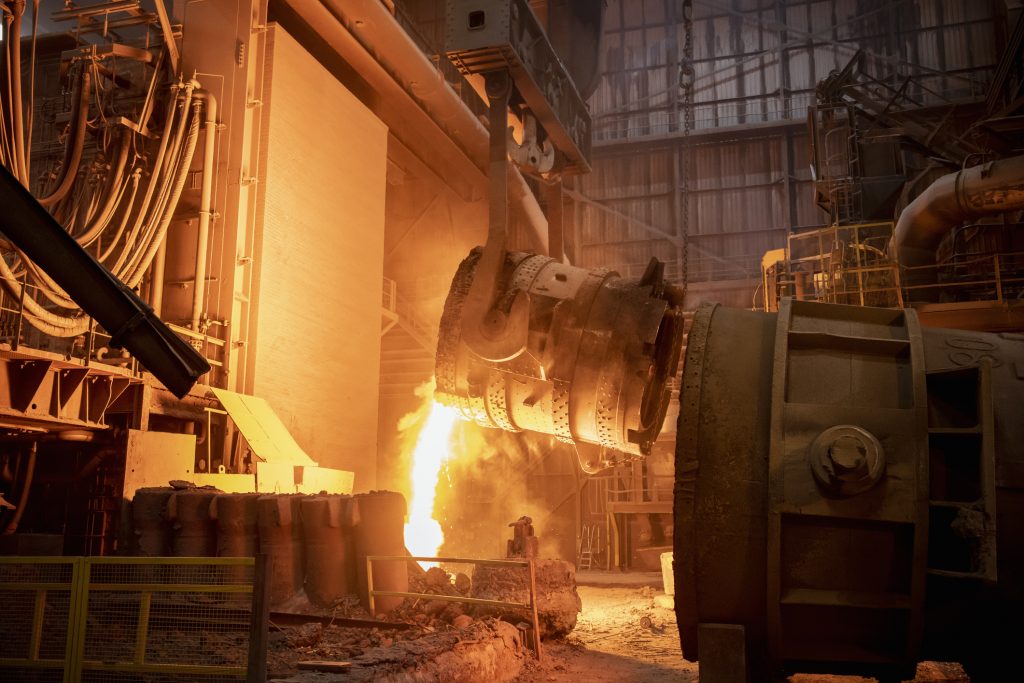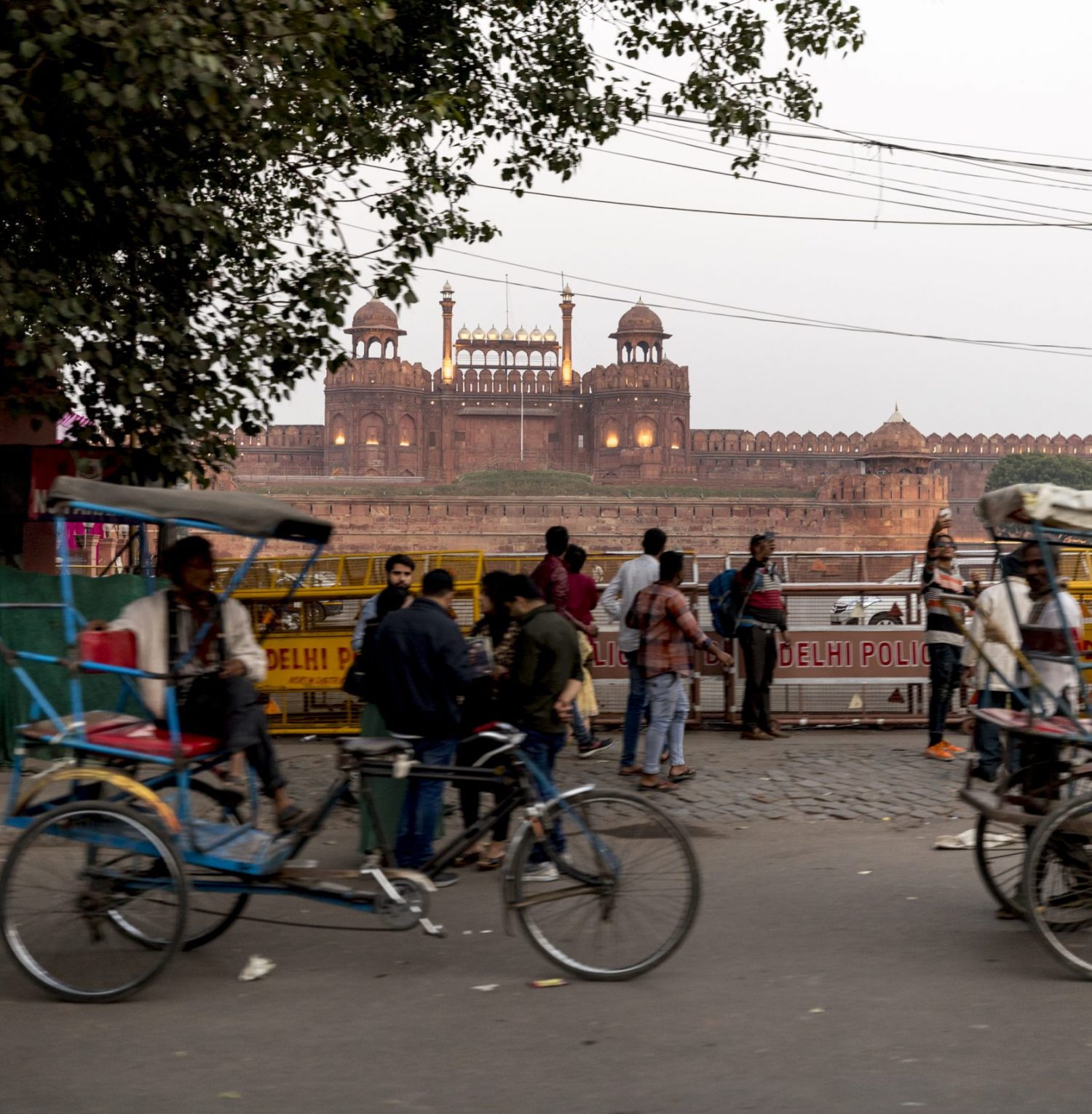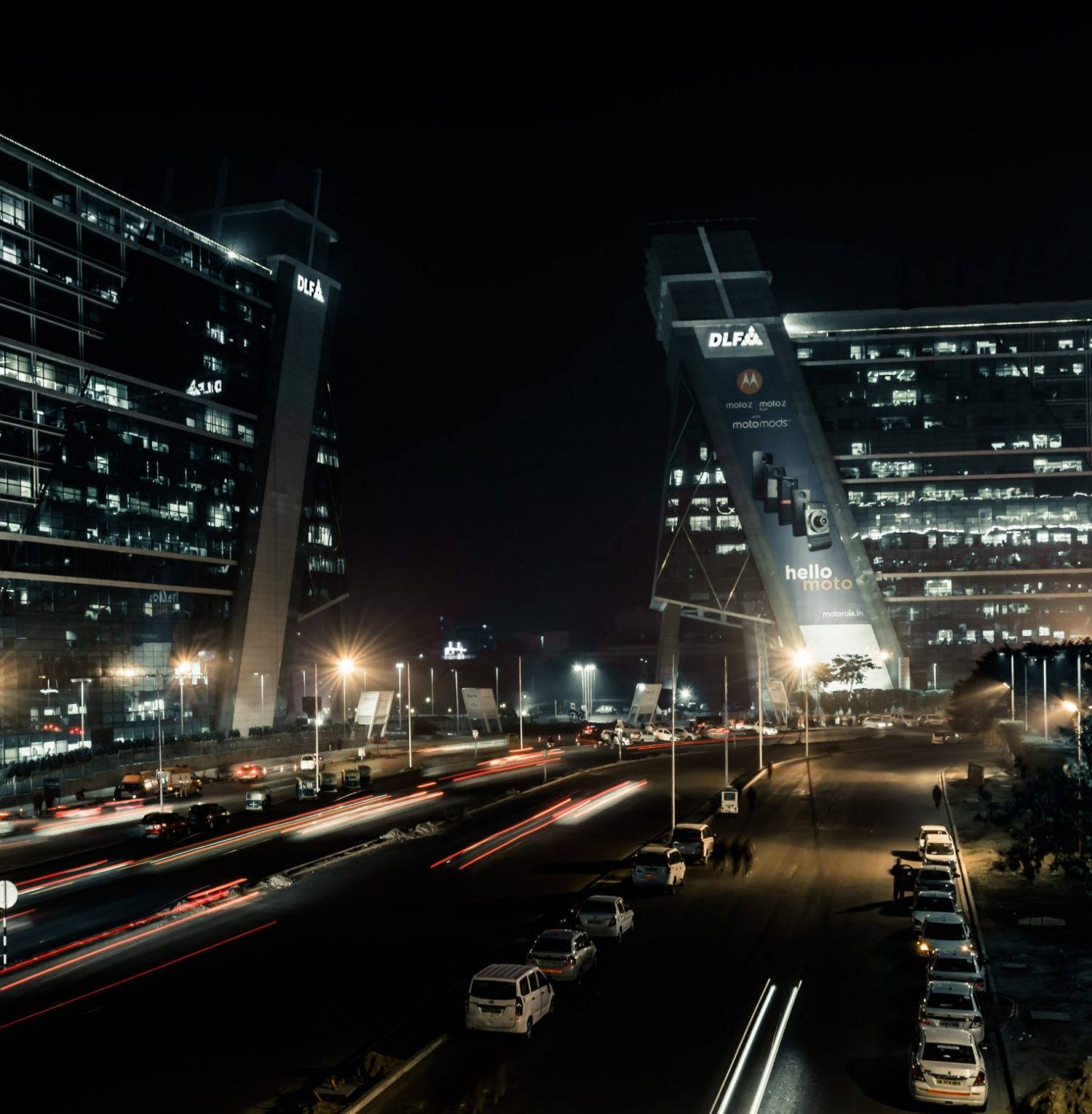India is becoming a powerhouse in Asia, but how can this powerhouse meet its growing population’s housing needs while managing its carbon footprint?
A recent Asia Power Index, which ranks 26 countries by cultural, economic and military power across the region, placed India as the fourth most powerful nation in the region, after China, the US and Japan. It also forecast that India will reach 40 per cent of China’s economic output by 2030.
Along with economic power, India’s population is slated to grow by a quarter, from 1.21 billion in 2011 to about 1.52 billion by 2036.
According to India’s Ministry of Health and Family Welfare, about 70% of this growth will be in urban areas, with the country’s urban population increasing from 377 million in 2011 to 594 million in 2036.
To meet this growing urban population, the country will need at least 25 million new affordable houses by 2030. And to build these new houses, India needs millions of tonnes of steel.
India’s steel demand, in part to support this massive housing need, is likely to quadruple over the next 30 years to almost 450 million tonnes.
But steel-making is also the largest industrial source of carbon emissions in India, contributing to high air pollution levels.
Additionally, India’s iron and steel sector has the highest emissions footprint per unit of production globally.
If the steel industry stays on its current trajectory, its carbon emissions are expected to leap from about 242 million tonnes to almost 837 million tonnes by 2050. This can slow India down in meeting its air-quality goals and challenge its cleaner-growth aspirations.
Natural gas can help change this story. By changing the way steel is made, India can slash its projected emissions levels without reducing its steel output.
Steel-production methods in India primarily rely on coal to reduce the iron ore to metallic iron. However, steel can also be made using natural gas instead.

By using natural gas instead of coal, steel can be made with only one-third the level of carbon emissions.
Gas-based steel-making is energy-efficient: it generates only one-third of the carbon emissions as coal while producing the same amount of strong steel with significantly lesser impact on the air. It takes only 200 kilograms of gas—as opposed to about 770 kilograms of coal—to make a tonne of steel.
Given the growing need to manage carbon emissions, new installations in the world tend to rely on natural gas for steel-making.
India is expanding its pipeline infrastructure to connect industries, power and transportation sectors with natural gas. In areas yet to be connected with physical pipelines, innovative solutions such as virtual gas pipelines can help connect the steel industry with more gas to make greener steel.
Natural gas is one of the future fuels that can help India achieve cleaner growth and reduce air pollution as it builds new homes and infrastructure for its growing cities.




